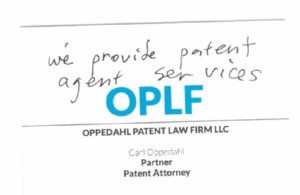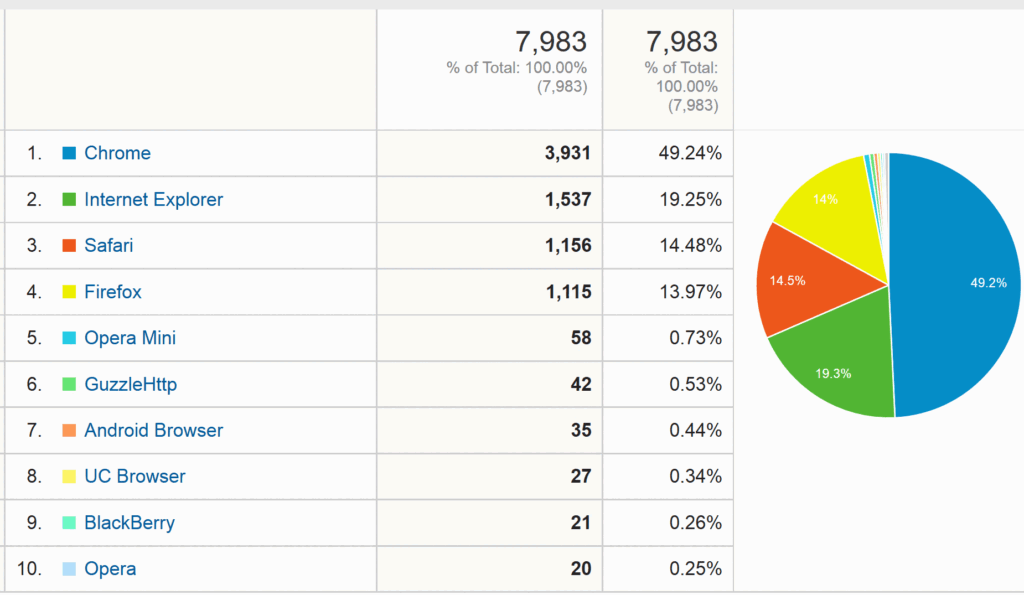A question came in from a good friend:
A client from a non-US country wants to enter the United States at the end of the PCT which was filed in a non-English language. He is working on a CIP but won’t have it ready until another few months. He would like to try and avoid the cost of a double translation. Can you think of a way for him to enter into the US at the end of the 30 months with the non-English language version, and somehow avoid having to translate that application, and then in a few months when he has the CIP ready here he will file that in the US and translate that one into English. My concern is that without filing an English translation of the first application, is he able to get somehow a valid US filing date?
Here’s what I think the answer is. Continue reading “Avoiding having to translate two documents into English”




